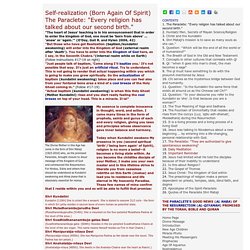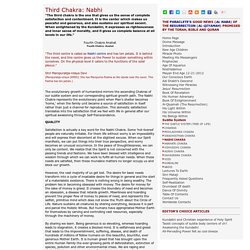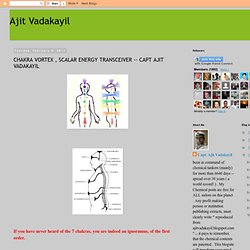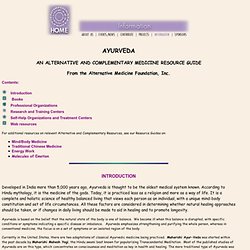

Self-Realization/Baptism (knowledge/experience of Self/Divine) "The heart of Jesus' teaching is in his announcement that in order to enter the kingdom of God, one must be 'born from above' ... 'anew' or 'again.'" (O'Day, Gail R. and Hylen 2006, 42)"But those who have got Realization (baptism/kundalini awakening) will enter into the Kingdom of God (external realm after 'death').

You have to enter into the Kingdom of God here, as I say, in the Seventh Chakra. "(internal realm while on Earth) (Follow instructions #17-19 on right)"Just people talk of baptism, 'Come along I'll baptize you.' It's not possible that way. The Divine Mother in this Age has come in the form of Shri Mataji (1923-2010) who, as the promised Paraclete, brought closure to Jesus' message of the Kingdom of God and commenced the Resurrection. Today when Kundalini awakens My presence in you (second spiritual 'birth'/'being born again' of Spirit), religion is no more a belief—it becomes a living state within.
Shri KundaliniKundalini [110th] She is coiled like a serpent. Third Chakra: Nabhi or Manipurna Chakra. "The third chakra is the one that gives us the sense of complete satisfaction and contentment.

It is the center which makes us peaceful and generous, and also sustains our spiritual ascent. When enlightened by the Kundalini, it expresses as righteousness and inner sense of morality, and it gives us complete balance at all levels in our life. " Fourth Chakra: Anahat "The third centre is called as Nabhi centre and has ten petals. It is behind the navel, and this centre gives us the Power to sustain something within ourselves. Shri Manipurabja-nilaya Devi(Manipurabja-nilaya [495th]: She has Manipurna-Padma as Her abode near the navel. The evolutionary growth of humankind mirrors the ascending Chakras of our subtle system and our corresponding spiritual growth path.
Satisfaction is actually a key word for the Nabhi Chakra. However, the vast majority of us get lost. By sharing we learn. Another aspect to the Nabhi Chakra is that of Dharma or right conduct in our lives. "Nabhi Chakra. The Chakra System. CHAKRA VORTEX , SCALAR ENERGY TRANSCEIVER. If you have never heard of the 7 chakras, you are indeed an ignoramus, of the first order.When my wife took her exam in Reiki, the old Guru gave her his quartz tetrahydron dowser , and told her to douse his body and find out which chakra of his body needs speeding up.

She found a weak Manipura , and thus got her 4th degree ( one step above Grandmaster ).Before that he took her to a room, with about 50 pictures of various dieties and saints, and told her that the energy would come to her chakras from only one of the pictures. To her surprise she felt it emanating in full force , from the photograph of a person she had always detested, since childhood-- a living person ( no names ! )-- and pointed it out . The Guru told her, she was right. My son at Cornell ( doing his ME in computer science ) will never take a tablet for headache, if he has one.
Of course nowadays , the white man/ women gives his/her own take about chakras, with the British Stonehenge thrown in for good measure ( sic! AMFI - Ayurveda Resource Guide. Developed in India more than 5,000 years ago, Ayurveda is thought to be the oldest medical system known.

According to Hindu mythology, it is the medicine of the gods. Today, it is practiced less as a religion and more as a way of life. It is a complete and holistic science of healthy balanced living that views each person as an individual, with a unique mind-body constitution and set of life circumstances. All these factors are considered in determining whether natural healing approaches should be taken, or if changes in daily living should be made to aid in healing and to promote longevity. Ayurvedic Institute - Online Resource. Jiva Ayurveda-Articles. Ayurveda. Ayurveda (Sanskrit Āyurveda आयुर्वेद, "life-knowledge"; English pronunciation /ˌaɪ.ərˈveɪdə/[1]) or Ayurvedic medicine is a system of traditional medicine native to the Indian subcontinent and a form of alternative medicine.
The oldest known Ayurvedic texts are the Suśrutha Saṃhitā and the Charaka Saṃhitā. These Classical Sanskrit texts are among the foundational and formally compiled works of Ayurveda. Charak By the medieval period, Ayurvedic practitioners developed a number of medicinal preparations and surgical procedures for the treatment of various ailments.[2] Practices that are derived from Ayurvedic medicine are regarded as part of complementary and alternative medicine,[3] and along with Siddha Medicine and Traditional Chinese medicine, forms the basis for systems medicine.[4] Eight components of Ayurveda[edit] Principles and terminology[edit] Several philosophers in India combined religion and traditional medicine—notable examples being that of Hinduism and Ayurveda.
History[edit]